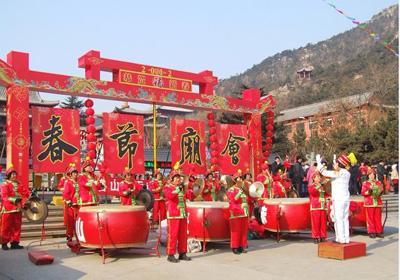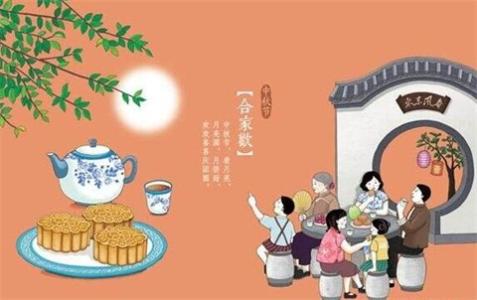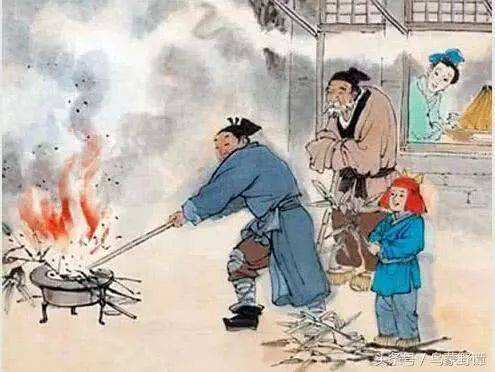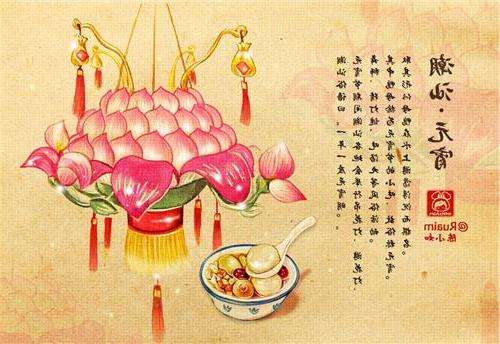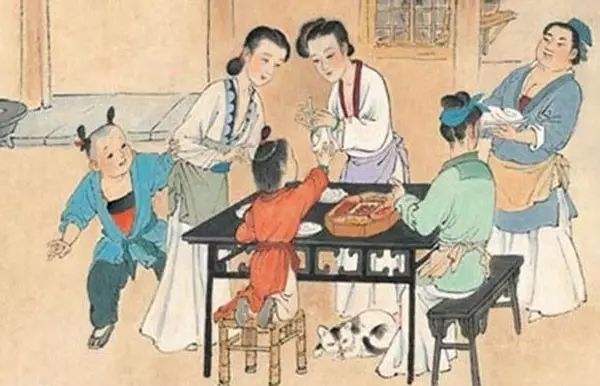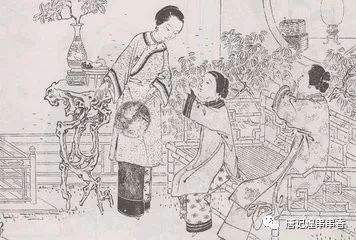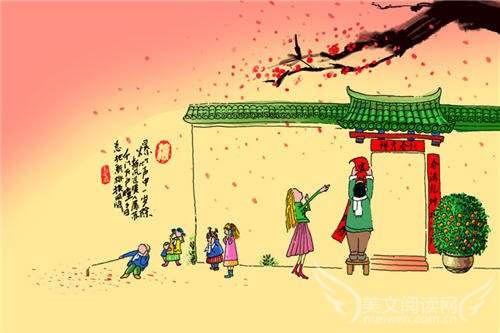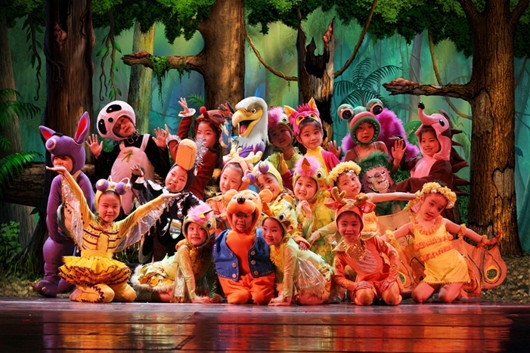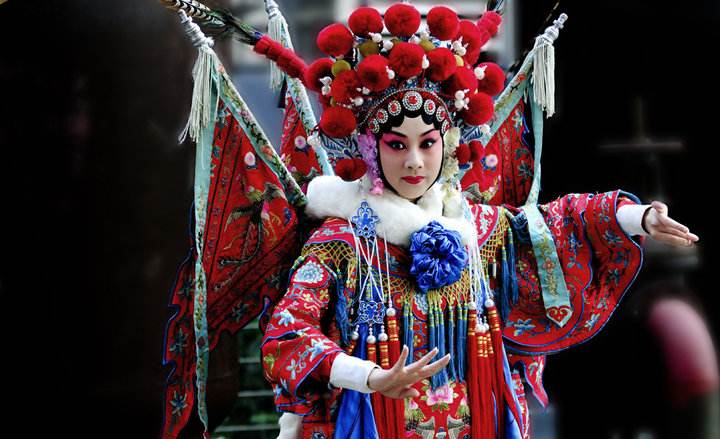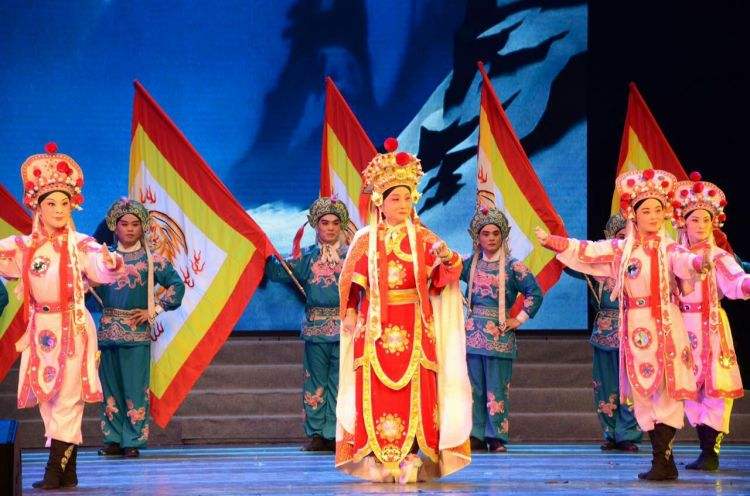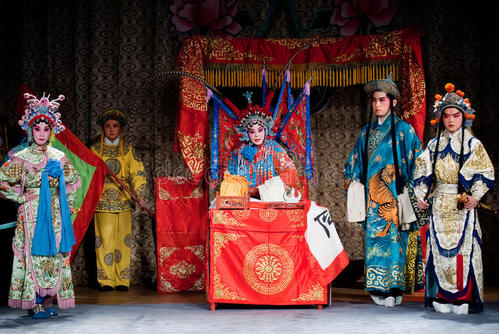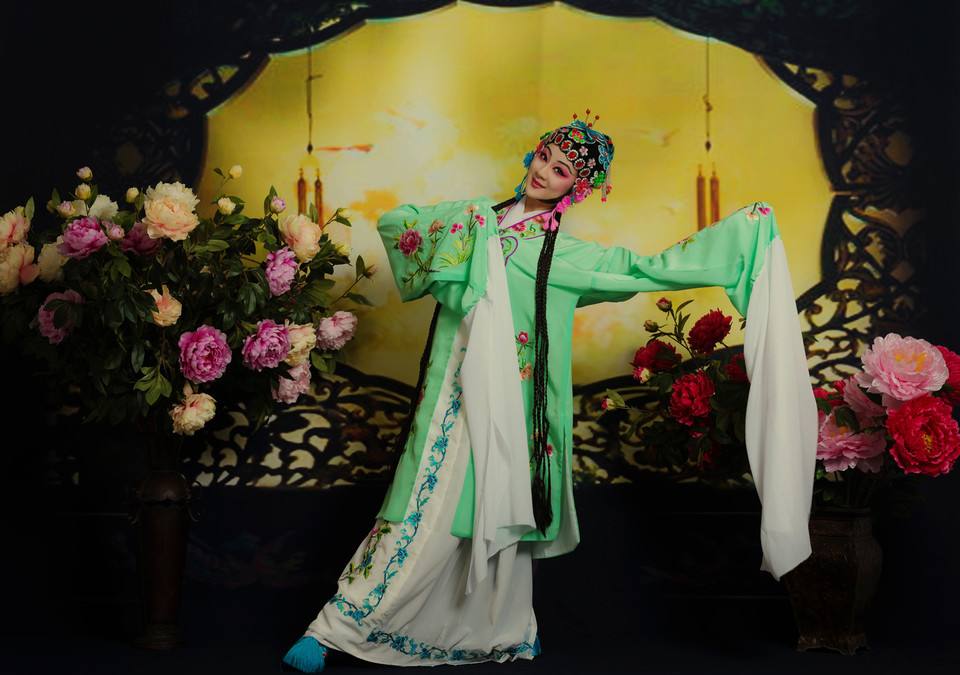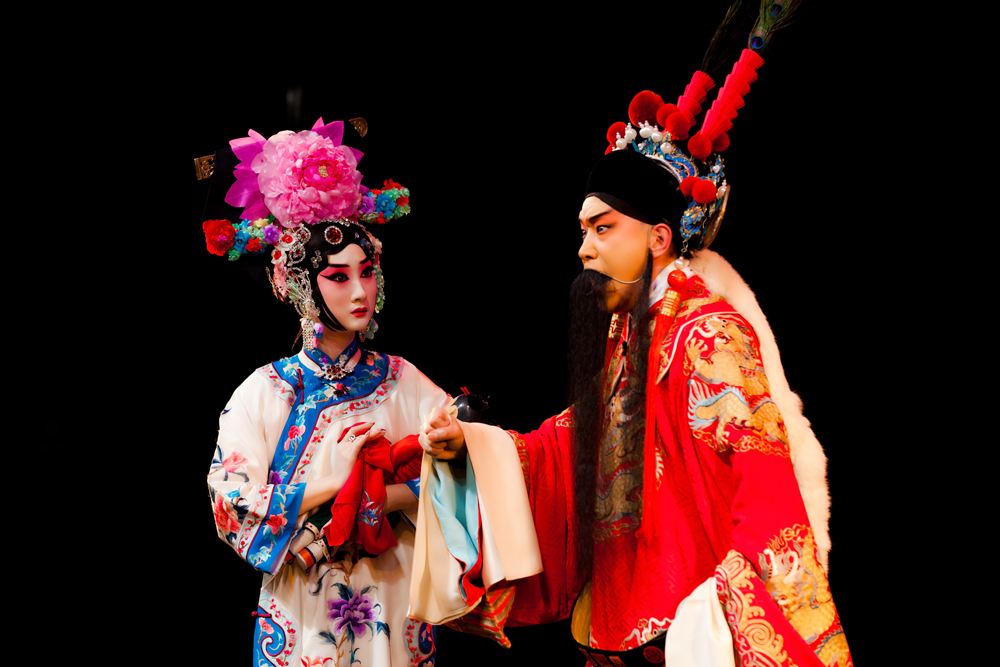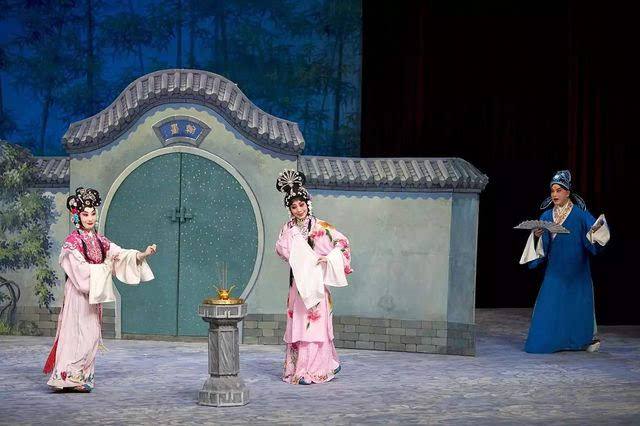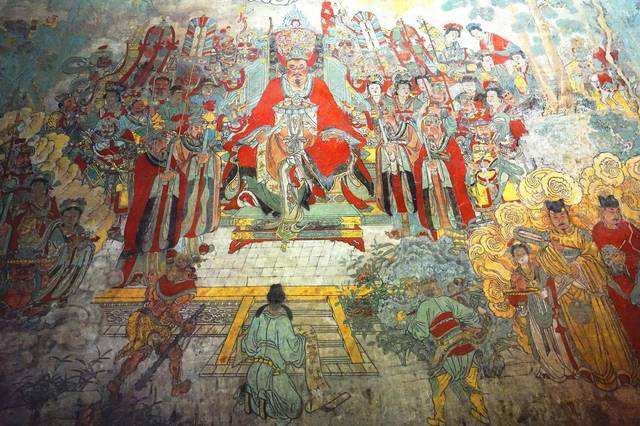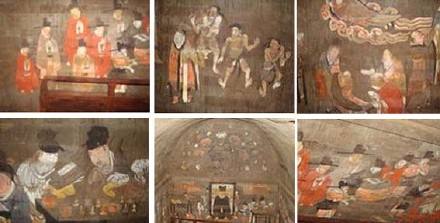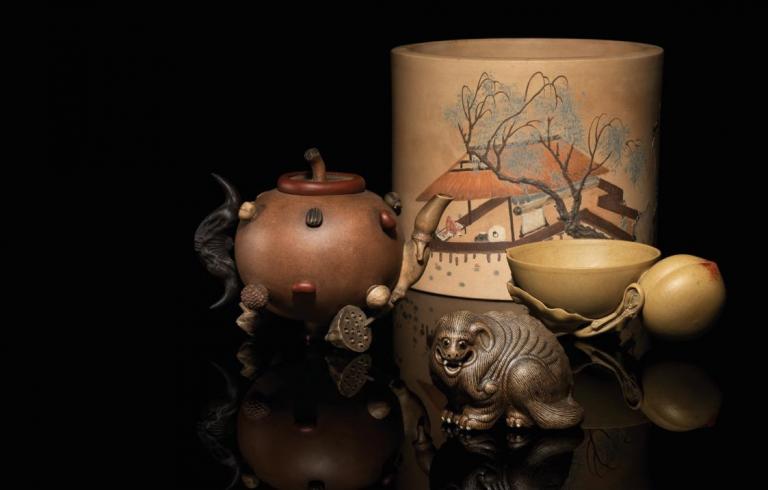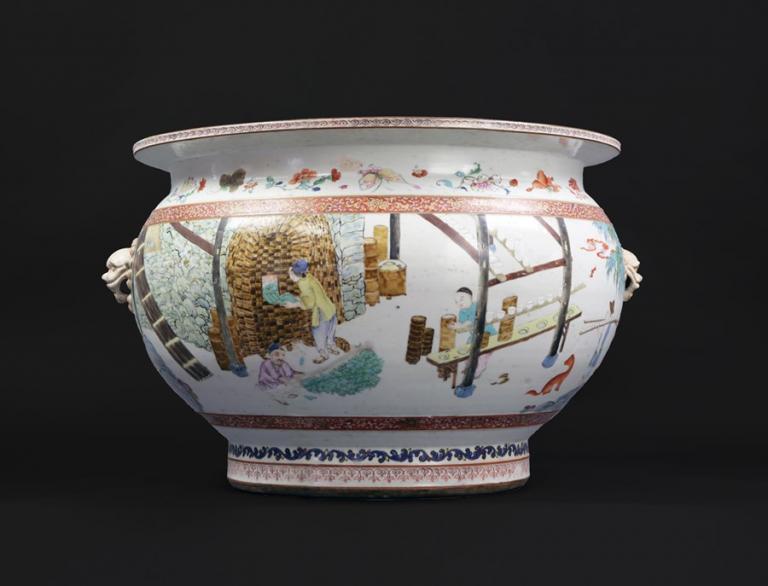The Han nationality has a long history and a profound base of cul-ture tradition. And the festival system is a...
Culture
Ming and Qing dynasties were at the end of the feudal history in China. The feudal system was very mature...
Most festivals in Song dynasty followed those of the previous period.Yet festival customs were more inclusive with customary art performance.In...
Sui and Tang dynasties enjoyed the highest prosperity in ancient China with its thriving economy, opening politics, frequent international exchange...
In Wei, Jin and Southern & Northern dynasties, southern China and northern China were in a divisive situation for a...
Before Zhou dynasty,there were already sacrifice and celebration activities.In Western Zhou period,these activities found a fixed time in spring,summer,autumn and...
Chinese traditional festivals have experi-enced a historical process of appearing, develop-ing, continuing and transforming. In pre-Qin peri-od some festivals had...
1)A miserable life Performers of traditional opera were first called"you"or jesters. The history of you people in China could be...
Perfomance of traditional opera has to be completed by joint efforts of a team, which is called"theatrical troupe". Theatrical troupe...
A Chinese saying goes:"One minute of performance on stage requires ten years ofpractice off stage."The success of a play won't...
1) Facial Makeup Many people are deeply impressed by the facial makeup of traditional opera,a way of facial dressing with...
Thanks to a long history of evolvement,traditional opera has developed a complete artistic form consisting of unique elements.A Chinese proverb...
The six classical works mentioned above are all literal creation with the formof opera. Chinese traditional operas, created by performers...
In the development of over thousand years,many works of traditional opera havebeen passed down as the literary masterpiece and classics...
Many local operas gradually arose in the late Ming and early Qing dynasties. Through continuously absorbing new art elements in...
After the mid-Ming dynasty, nanxi grew into different variants in southeast provinces. Zhu Yunming mentioned in his book Yuyao tune,...
By the Yuan dynasty traditional opera embraced its full boom with zaju as the representing art just as poems and...
Traditional opera form sprouted from god-worshiping dance and song in the ancient times. By the Spring and Autumn period and...
Traditional literati in ancient China were not only scholars, many of them were talented artists and designers as well. They...
Zisha teapot is a practical artwork that well integrates practicality and artistry of pottery. During manufacturing process, artisans need to...
